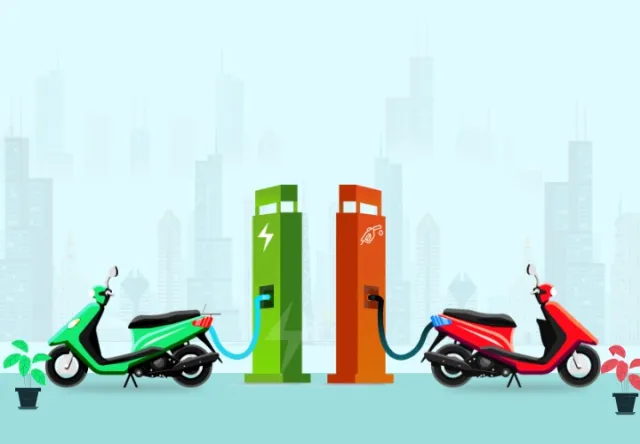PM E-DRIVE Scheme Kicks Off: Incentives Announced for Electric Vehicles and Charging Infrastructure

The government launched the PM E-DRIVE Scheme on Tuesday, earmarking Rs 10,900 crore to accelerate the adoption of electric vehicles (EVs), establish a robust charging infrastructure, and foster the growth of the EV manufacturing ecosystem in India. The scheme will be implemented from October 1, 2024, to March 31, 2026.
The Electric Mobility Promotion Scheme (EMPS-2024), which runs from April 1, 2024, to September 30, 2024, will be integrated into the PM E-DRIVE Scheme.
Under the new initiative, subsidies for electric two-wheelers will be calculated based on battery capacity, offering Rs 5,000 per kilowatt hour in the first year, capped at Rs 10,000. In the second year, the subsidy will reduce to Rs 2,500 per kilowatt hour, with a maximum benefit of Rs 5,000. Popular EV manufacturers like Ola, TVS, Ather Energy, Hero Vida, and Chetak Bajaj currently offer scooters with battery capacities ranging from 2.88 to 4 kWh, priced between Rs 90,000 and Rs 1.5 lakh.
During the launch event, Hanif Qureshi, Additional Secretary in the Ministry of Heavy Industries, announced the introduction of a mobile app to streamline the process of availing subsidies through e-vouchers. “One vehicle per Aadhaar will be allowed, and an e-voucher will be generated upon the sale of each vehicle,” Qureshi stated.
An allocation of Rs 780 crore has been set aside to upgrade testing facilities with modern equipment and technologies for EV testing under the scheme. The government plans to allocate Rs 3,679 crore in demand incentives to encourage the use of electric two-wheelers (e-2Ws), three-wheelers (e-3Ws), ambulances, trucks, and other emerging electric vehicles, supporting 24.79 lakh e-2Ws, 3.16 lakh e-3Ws, and 14,028 e-buses.
For three-wheelers, including e-rickshaws, the scheme offers a demand incentive of Rs 25,000 in the first year, which will be reduced to Rs 12,500 in the second year. Cargo three-wheelers in the L5 category will receive Rs 50,000 in the first year and Rs 25,000 in the second year.
The scheme also includes provisions for e-vouchers that will allow EV buyers to access these incentives. When a purchase is made, the scheme’s portal will generate an Aadhaar-authenticated e-voucher for the buyer, which will be signed and submitted to the dealer to redeem the subsidy. This e-voucher will be shared with both the buyer and the dealer via SMS and uploaded to the PM E-DRIVE portal. Manufacturers (OEMs) will need the signed e-voucher to claim reimbursement for the incentives.
To address EV owners’ concerns about range anxiety, the scheme promotes the installation of electric vehicle public charging stations (EVPCS) in cities with high EV adoption rates and along select highways. It proposes the deployment of 22,100 fast chargers for e-4Ws, 1,800 fast chargers for e-buses, and 48,400 fast chargers for e-2Ws and e-3Ws, with Rs 2,000 crore allocated for this effort.
Additionally, Rs 500 crore will be dedicated to incentivizing the adoption of e-trucks, with further benefits for those possessing scrapping certificates from Ministry of Road Transport and Highways (MoRTH) approved scrapping centers.






